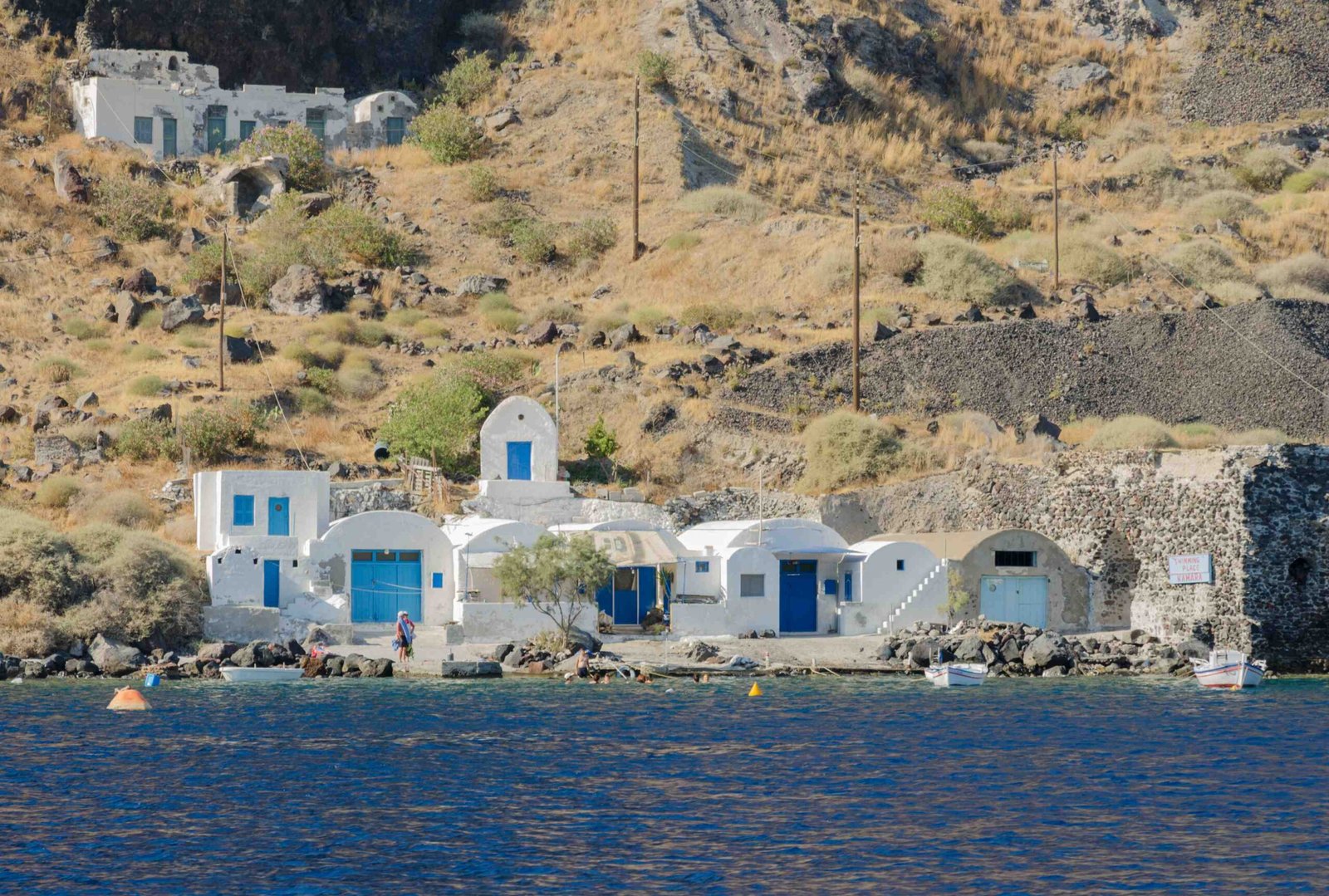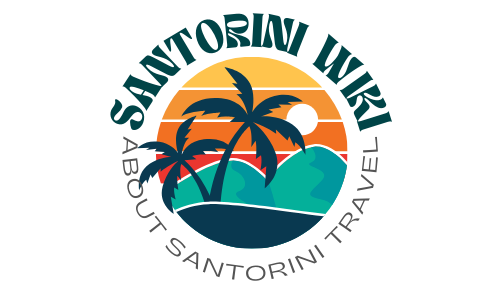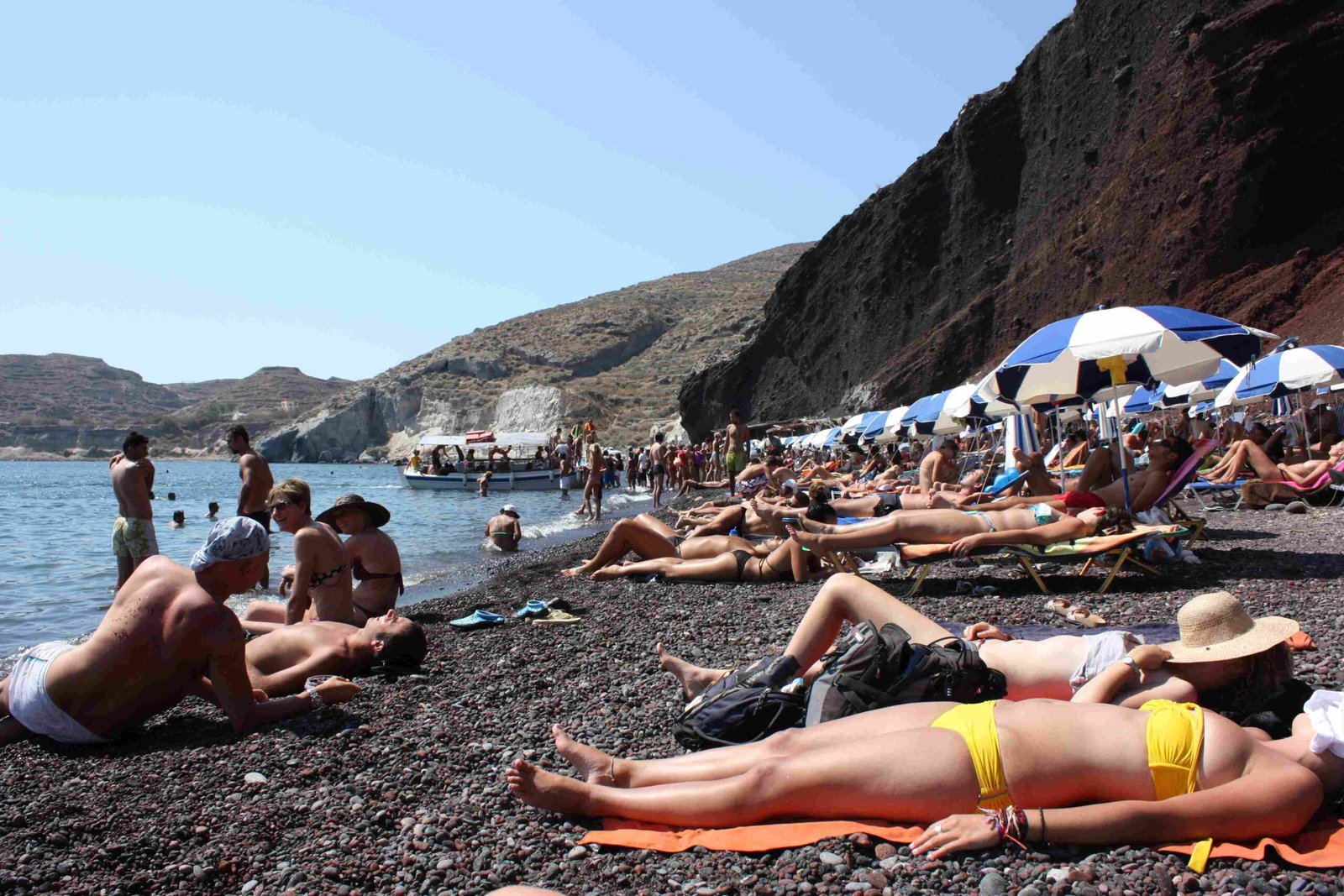The crater volcan Santorini is a breathtaking caldera formed by a massive volcanic eruption around 1620 BC. This geological wonder, located in the Aegean Sea, measures approximately 11 km by 7 km and features steep cliffs rising 300 meters above sea level. The caldera’s formation dramatically reshaped the island, creating a unique crescent shape and leaving a lasting impact on the region’s history and culture.
What is the Geological History of Crater Volcan Santorini?

The crater volcan Santorini has a rich and complex geological history spanning millions of years. Its formation and evolution have been shaped by numerous volcanic events, with the most significant eruption occurring around 1620 BC.
How Did the Crater Volcan Santorini Form?
The formation of the crater volcan Santorini can be attributed to several key events:
- Early volcanic activity: Began in the Early Pleistocene
- Shield volcanoes: Formation of Mount Peristeria and Mount Thera
- Minoan eruption: Massive explosion around 1620 BC
- Caldera collapse: Mountain collapsed into the empty magma chamber
- Ongoing activity: Continued eruptions shaping the current landscape
The Minoan eruption, one of the largest volcanic events in the past 10,000 years, played a crucial role in creating the caldera we see today. This catastrophic event not only reshaped the island but also potentially contributed to the decline of the Minoan civilization.
What are the Key Features of Crater Volcan Santorini?

The crater volcan Santorini boasts several distinctive features that make it a geological marvel:
| Feature | Description |
|---|---|
| Size | Approximately 11 km by 7 km |
| Depth | Four deep basins ranging from 290 to 390 meters |
| Cliffs | Steep walls rising about 300 meters above sea level |
| Shape | Crescent-shaped island surrounding the caldera |
| Kameni Islands | Volcanic islands formed by post-Minoan eruptions |
How Deep is the Crater Volcan Santorini?
The crater volcan Santorini contains four deep basins with varying depths:
- Northern Basin: 390 meters (deepest)
- Western Basin: 320 meters
- Southern Basin: 290 meters
- Eastern Basin: 290 meters
These depths contribute to the caldera’s impressive underwater topography and play a role in local marine ecosystems.
What is the Volcanic Activity History of Crater Volcan Santorini?
The volcanic activity of Santorini has been ongoing for millions of years, with several significant events shaping its history:
- Early Pleistocene: Initial volcanic activity begins
- Formation of shield volcanoes: Mount Peristeria and Mount Thera
- Minoan eruption (c. 1620 BC): Massive explosion and caldera formation
- Post-Minoan eruptions: Formation of Kameni islands (197 BC – 1950 AD)
- Present day: Continued monitoring of volcanic activity
What was the Impact of the Minoan Eruption?
The Minoan eruption, occurring around 1620 BC, had far-reaching consequences:
- Destroyed much of the existing island
- Created the current caldera structure
- Potentially contributed to the decline of Minoan civilization
- Left thick layers of pumice and ash across the region
- Triggered tsunamis affecting nearby coastal areas
This eruption remains one of the most significant geological events in Mediterranean history, with its effects still visible in the landscape of Santorini today.
How Can Visitors Explore Crater Volcan Santorini?
Visitors to Santorini have several options for exploring the crater volcan:
What Hiking Trails are Available Around Crater Volcan Santorini?
- Trail to Nea Kameni and Palea Kameni:
- Accessible by boat
- Moderate difficulty
- Duration: 1-2 hours
-
Offers panoramic views of the caldera
-
Caldera Rim Trail:
- Challenging terrain
- Duration: Several hours (depending on route)
- Stunning views of the caldera and Aegean Sea
What Amenities are Available for Visitors?
- Parking: Available in villages like Fira and Oia (limited during peak season)
- Guided Tours:
- Boat tours to Kameni islands
- Walking tours around the caldera rim
- Prices range from €20 to €100+
- Accessibility: Challenging for those with mobility issues
- Facilities:
- Restaurants and cafes in nearby villages
- Museums and archaeological sites (e.g., Akrotiri)
What is the Historical Significance of Crater Volcan Santorini?
The crater volcan Santorini holds immense historical and cultural significance:
- Minoan Civilization: The eruption potentially contributed to its decline
- Archaeological Discoveries: Preserved ancient settlements like Akrotiri
- Greek Mythology: Associated with legends and myths
- Modern Tourism: Major draw for millions of visitors annually
- Scientific Research: Important site for volcanology and geology studies
How Has Crater Volcan Santorini Impacted Local Culture?
The crater volcan Santorini has become an integral part of the island’s identity:
- Shapes local architecture and urban planning
- Influences art and crafts production
- Central to tourism industry and economy
- Inspires local festivals and events (e.g., Ifestia Festival)
- Contributes to the unique wine-making traditions of the island
What Safety Measures are in Place for Crater Volcan Santorini?
Given the active nature of the volcano, several safety measures are in place:
- Continuous Monitoring: Seismic activity and gas emissions are regularly tracked
- Early Warning Systems: Implemented to alert authorities and residents
- Evacuation Plans: Developed for various eruption scenarios
- Restricted Access: Certain areas may be off-limits during periods of increased activity
- Public Education: Programs to inform residents and visitors about volcanic risks
Visitors are advised to follow local guidelines and stay informed about current volcanic activity when exploring the crater volcan Santorini.

